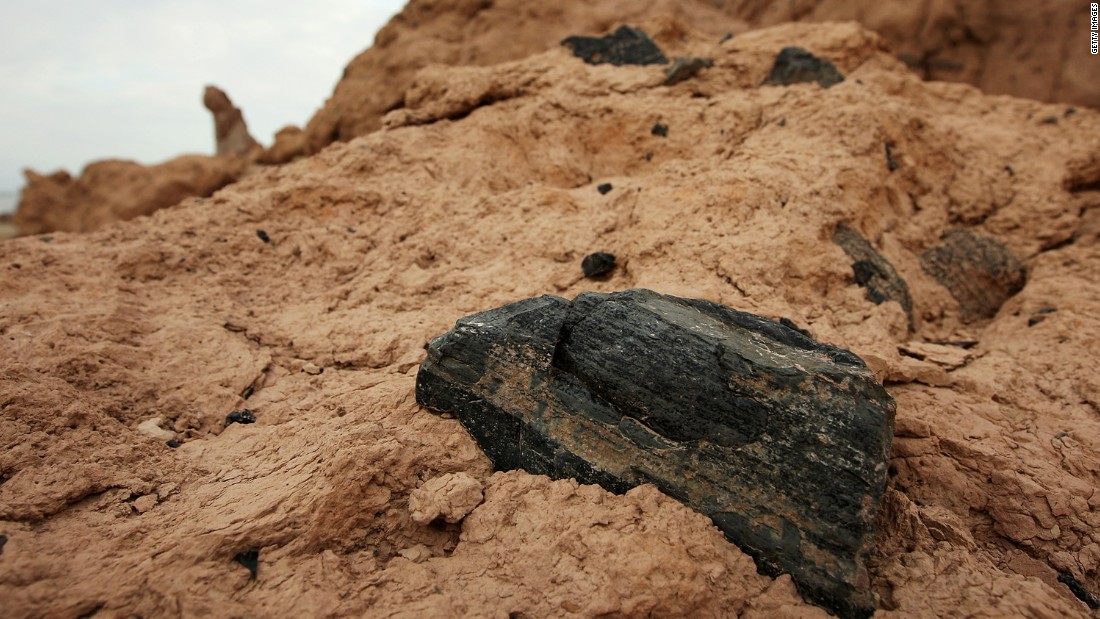

Obsidian flows which may be hiked on are found within the calderas of Newberry Volcano and Medicine Lake Volcano in the Cascade Range of western North America, and at Inyo Craters east of the Sierra Nevada in California. It can be found in Argentina,Armenia, Azerbaijan, Canada, Chile, Georgia, Greece, El Salvador, Guatemala, Iceland, Italy, Japan, Kenya, Mexico, New Zealand, Peru, Scotland, Turkey and the United States.

Obsidian can be found in locations which have experienced rhyolitic eruptions. Pig carved in snowflake obsidian, 10 centimeters (4 in) long. This breakdown of obsidian is accelerated by the presence of water. Because obsidian is metastable at the Earth’s surface (over time the glass becomes fine-grained mineral crystals), no obsidian has been found that is older than Cretaceous age. Crystalline rocks with obsidian’s composition include granite and rhyolite. Obsidian consists mainly of SiO2 (silicon dioxide), usually 70% or more. Though obsidian is usually dark in color similar to mafic rocks such as basalt, obsidian’s composition is extremely felsic. It is sometimes classified as a mineraloid. Obsidian is mineral-like, but not a true mineral because as a glass it is not crystalline in addition, its composition is too complex to comprise a single mineral. Tektites were once thought by many to be obsidian produced by lunar volcanic eruptions, though few scientists now adhere to this hypothesis. Having a low water content when newly formed typically less than 1% water by weight, becomes progressively hydrated when exposed to groundwater, forming perlite. Obsidian is the rock formed as a result of cooled lava, which is the parent material. It not only affects the historical process of surgical development, but also bears the natural mission of us surgeons.A baroque cabochon of iridescent “rainbow obsidian”. Today, although the technology and instruments that surgeons rely on are developing rapidly, electrosurgical knives, ultrasonic knives, gamma knives, and various energy platforms are widely used in surgery, but almost all operations still start with the use of this ancient tool. The direction of development of scalpel and surgical practice. In the early days, surgeons served as barbers constantly improved knives in practice, and the standard of sterilization was completely changed. The advanced civilizations of Greece and Rome created specialized surgical knives.

Prehistoric humans occasionally used stone tools for medical activities. The scalpel has become a representative of surgery since the ancient Romans used it in the medical field. Obsidian on the left, stainless steel on the right Various styles of stainless steel scalpelsīut what is interesting is that although modern science and technology are developing very rapidly, obsidian knives in the Neolithic era observed under an electron microscope are actually sharper than steel knives. The latest technological development is the use of zirconium dinitride, diamond, polymer coatings, etc. The electroplating process of nickel and chromium is used less and less on scalpels. The retractable knife invented by Albucasis in the 10th century has also been accepted again as a safer device. Thanks to the high content of chromium in stainless steel, the stainless steel handle has strong corrosion resistance and can be used repeatedly. With the development of modern technology, 316L, 440C and other stainless steel hard alloys have replaced carbon steel.


 0 kommentar(er)
0 kommentar(er)
